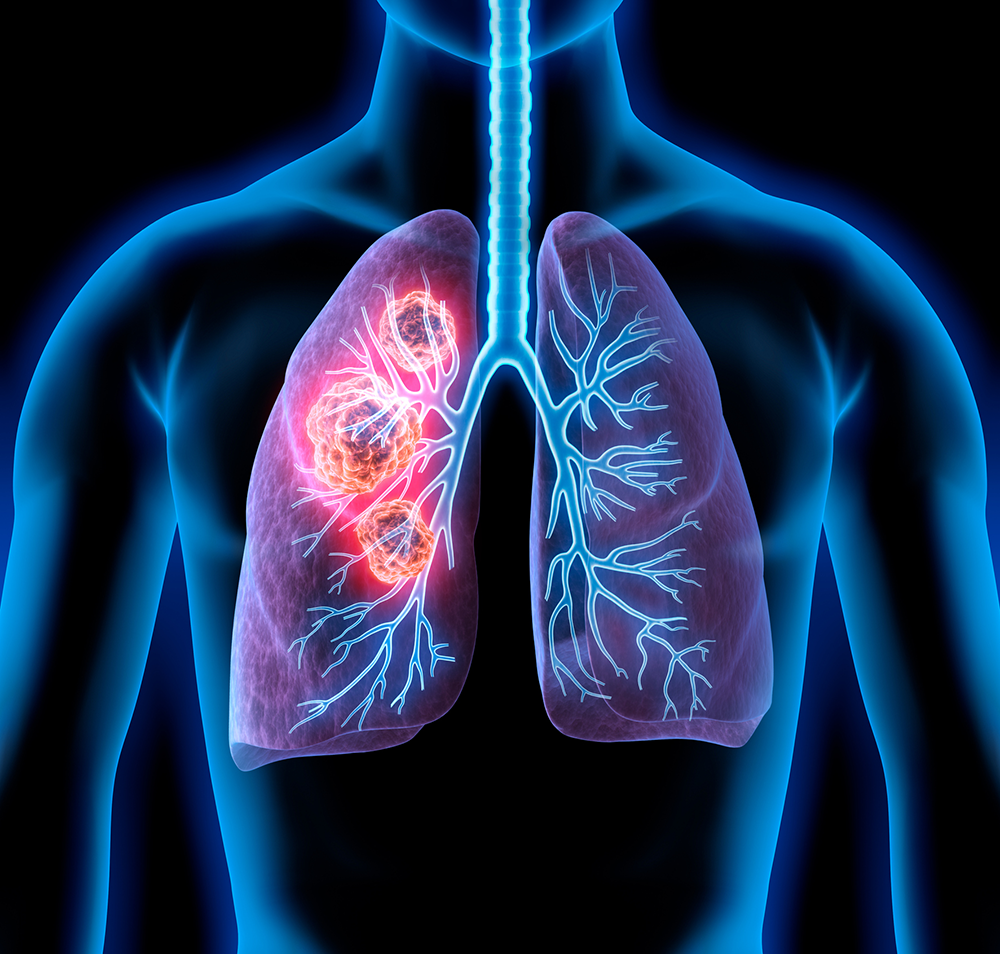Each year, doctors diagnose over 275,000 new cases of invasive breast cancer. Many of these cases are found in the early stages because of mammograms. The earlier that breast cancer can be detected, the better the outcome in most cases.
Determining how early you should start getting mammograms and how often you need them largely depends on your risk factors. Don't be afraid of this very short screening that is fully covered by most insurance plans.
Once you've made an appointment, keep it. Your health is a priority for you and your family! If it’s time for your first mammogram, here’s what you can expect.
What Is a Mammogram?
A mammogram is a very common way to screen for breast cancer. It's non-invasive and uses low-dose X-rays to generate a black-and-white image. A radiologist will review the images to look for anything that appears to be signs of breast cancer. Because breast cancer starts small and may take some time to grow, a mammogram is the most effective way to detect possible breast cancer--even before you would feel it in a self-exam.
There are two main types:
- Standard mammogram - This is a two-dimensional mammogram, so it's like a 2D photo of the inside of your breast.
- 3D mammogram - This technology creates a 3D visual of the inside of the breast, using multiple images captured at different depths and angles.
What Do They Look for On a Mammogram?
There are a few things they're looking for in the images that could mean the presence of breast cancer. They include:
- Certain differences in size, shape, textures, or appearances between breasts
- Areas with an increased density that is not normal for you
- Clusters of calcification
- A mass, or tumor
Calcifications are mineral deposits. These deposits can be large and coarse (macrocalcifications). These are common in women over 50 and usually don't require a biopsy because they are not likely cancer-related. But calcification can also come in small clusters referred to as microcalcification. While microcalcifications can be non-cancerous, there is also a chance that they are the start of breast cancer. Because of this, they will likely prompt your doctor to have a closer look. The radiologist and your doctor will review the results together and then share them with you along with any recommendations they may have for more images, an MRI and/or a biopsy of the area that appeared abnormal on the mammogram. Additional testing is not typically done on the same day as the mammogram.
If the radiologist detects a mass, or tumor, they typically fall into two categories:
- Simple cysts - These fluid-filled sacs are non-cancerous and don't typically require a biopsy. Although sometimes your doctor would like to look at it further using ultrasound or a minimally-invasive needle biopsy, that just takes out some of the fluid in the cyst through a needle to confirm that it’s not cancerous.
- Tumor - This is a solid mass, which will cause more concern. The mass can be very small, and you may not be able to feel it which is why mammograms save lives. The cancer can be caught and treated at its very earliest stages.
If your screening mammogram shows areas of concern, or exceptionally dense breasts that make the images hard to read, the radiologist may request more mammogram images to give them a better look.
How Much Do Mammograms Cost?
Most insurance companies must cover mammograms at no cost to you under the Affordable Care Act once you reach a certain age or if you have certain risk factors. So in most cases, you'll be covered with no out-of-pocket cost. But if you are paying in cash or don’t have insurance, you may pay around $150 for a regular mammogram and approximately $300 for a 3D mammogram. There is also a program called Free Mammograms that helps women in Minnesota who are uninsured or underinsured to get this important screening performed.
When Should You Have Your First Mammogram?
If you have no reason to believe you're at increased risk of breast cancer based on family history or the results of any genetic testing, current guidelines from the American Cancer Society suggest that some women may want to start at 40 but should definitely start getting an annual mammogram by 45.
Women who are in a higher risk category may need to start sooner. This includes those who have a family history of breast or ovarian cancer, especially if a close family member like a sister or your mother was diagnosed. Women who know they have a genetic mutation that puts them at a higher risk for breast cancer should also talk to their doctors about starting screening at an earlier age.
Regardless of which risk category you’re in, talk to your doctor about the best plan for you by age 35.
How Should You Choose A Location for Your Mammogram?
When you speak with healthcare providers about the best timing for your first mammogram, they can help you select a facility that will be convenient and comfortable for you. Preferably, you'll want to pick a facility that specializes in mammograms. They'll tend to have more experience both taking the mammogram and in reading the image.
Unless you live in an area with limited medical facilities, it's best to find a place in your community. If the facility is too far away, you may be less likely to stick with your recommended schedule.
Also, try to choose a facility you would be likely to return to in the future. As you go for your mammograms over the next several years, it’s easier to have all of your images on file in the same place. If you choose to use a different imaging facility in the future, be sure your doctor has your images on file. If not, ask for a copy of them from the facility where they were taken.
When Do You Need a 3D Mammogram?
The most common mammogram technology right now is 2D mammograms. These images do an excellent job detecting possible cancer very early. 3D mammograms now exist with more advanced technology that makes it a bit easier for the radiologist to distinguish between abnormalities that could be breast cancer and healthy tissues. It’s especially helpful for women with dense breasts (very little fat in the breasts).
Because 2D is considered the standard at this time, insurance doesn't usually cover the difference between the 2D and a 3D mammogram. If you’d like to schedule a 3D mammogram you may have to cover the extra cost above what the insurance company pays. Ask when scheduling about the price difference, and ask your insurance company in advance to find out if it is covered. They can help you get the answers you need before scheduling the appointment.
When Is the Best Time to Schedule a Mammogram Appointment?
If you experience any breast swelling, it's best not to schedule your mammogram during that time. The extra fluid may make the procedure more uncomfortable than otherwise and reduce image clarity.
For many women, this means not scheduling a mammogram in the week leading up to the period when hormone changes lead to increased tenderness and fluid retention.
What Should You Wear to Your Mammogram?
It's best to wear something that comes in two pieces, so top and pants or top and skirt. If you wear a dress, you may have to remove it entirely to get your test. It's also a good idea not to wear any jewelry since you'll have to remove it before the procedure.
The day you go to your mammogram appointment do not wear deodorant, lotions, or creams on or around your breasts. These may cause irregularities in the image.
What Should You Tell the Technician Before the Mammogram?
All medical procedures carry some risk. Tell the technician performing the mammogram if you
- think you may be pregnant
- are breastfeeding
- have breast implants
- have any known risk factors for breast cancer
- have a palpable lump
What Is the Imaging Process Like?
When it’s time for the actual mammogram, which will take around 20 minutes T most, you will be made as comfortable as possible. You and the technician will go into a room with a mammogram machine. The technician will adjust the machine to match your height and breast size. They may leave the room to speak with the radiologist based on any factors you may have discussed with them before the procedure to ensure they get the clearest images for review.
When it’s time for the images, they will place your breast, and some of your chest area in between plates. This holds the breast at the angle they need to see in the image and spreads out the breast tissue. When they take the image, you’ll be asked to hold your breath for a reasonable amount of time to reduce movement. Generally, you'll need two images of each breast, so the procedure will be repeated at least a few times.
Does Getting a Mammogram Hurt?
For most women, a mammogram will not hurt. However, you may experience some mild discomfort during the compression of the breast. This depends on the size of the breast and breast density. If that discomfort reaches the threshold of pain, you should immediately tell your technician. Each compression only lasts a few seconds, so the actual procedure is over in almost no time.
How Will You Get Your Results?
It can take up to 10 days to receive your results by mail or phone. Once your initial scan is reviewed, they may decide you need another mammogram, x-rays, ultrasounds, or a biopsy, depending on the results. But note: Additional testing doesn't necessarily mean breast cancer!
In some cases, the radiologist simply needs to be able to take a closer look at something that wasn't very clear on the broader scan.
Mammograms: Making Them a Routine Part of Your Life
Whether at increased risk or not, women in their early 40s should prepare themselves to make mammograms a routine part of life--at least by the age of 45.
The procedure is quick, low cost, and not painful, but it could be the determining factor for breast cancer survival and faster recovery. It's rare for mammograms to show abnormalities when none were expected, so getting tested regularly can give you some peace of mind, as well as provide your healthcare team with a baseline as you age healthy and well.
 Dr. Torgerson is an oncologist and hematologist at Minnesota Oncology's St. Paul Cancer Center. She has a special interest in breast cancer treatment.
Dr. Torgerson is an oncologist and hematologist at Minnesota Oncology's St. Paul Cancer Center. She has a special interest in breast cancer treatment.




